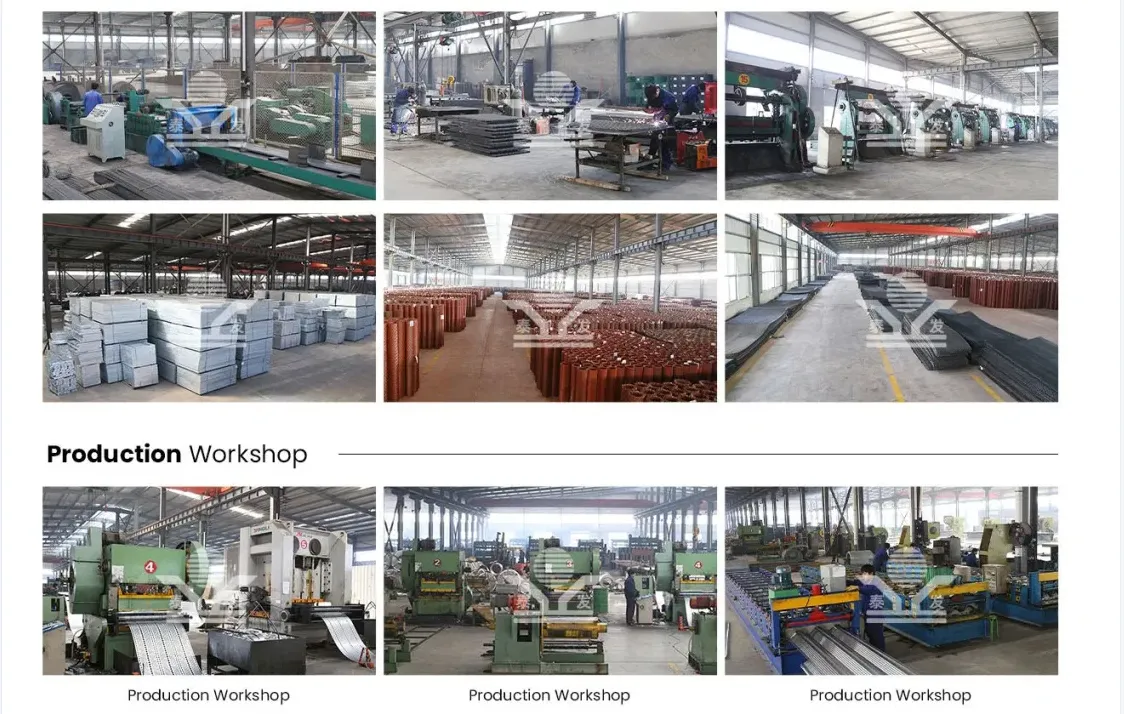Climbing Cargo Nets Challenges and Benefits
Climbing cargo nets are increasingly becoming a popular choice in various adventure sports and fitness programs. These structures, typically made from durable synthetic materials, are designed for both recreational and competitive use. They present physical challenges while promoting teamwork, coordination, and problem-solving skills. In this article, we will explore the benefits and challenges associated with climbing cargo nets, as well as their applications in different environments.
The Structure and Design
A climbing cargo net usually consists of a grid-like pattern of strong ropes or nets that are suspended vertically or at an angle. The design can vary based on the intended purpose, whether it’s for a military obstacle course, a recreational climbing wall, or a fitness training module. The mesh size, rope thickness, and anchoring methods can all be adjusted to accommodate different skill levels and safety requirements.
Physical Benefits
One of the primary benefits of climbing cargo nets is the enhanced physical conditioning it offers. Climbing requires strength, endurance, and agility. As individuals engage in climbing, they exercise various muscle groups, improving their overall fitness. The act of pulling oneself up using upper body strength engages the arms, shoulders, and back, while the legs also play a crucial role in stabilizing and propelling the climber upward. Frequent climbing can lead to improved core strength, flexibility, and cardiovascular endurance.
Additionally, using cargo nets in training programs is beneficial for developing hand-eye coordination and balance. Climbers must constantly adjust their grip and positioning to navigate the net effectively, honing their motor skills. This can translate into improved performance in other physical activities and sports.
Teamwork and Social Interaction
climbing cargo nets

Climbing cargo nets can also promote teamwork and social interaction. In many fitness programs or adventure courses, participants must work together to navigate the net either by helping each other climb or strategizing on how to overcome challenges. This collaborative effort fosters communication, trust, and camaraderie among team members.
Group challenges that involve cargo nets are particularly popular in corporate retreats or team-building exercises. The shared experience of facing physical challenges can break down barriers and build stronger relationships among participants. Teams often find that their performance improves not just in physical activities but also in their workplace dynamics as a result.
Safety Considerations
While the benefits of climbing cargo nets are numerous, safety should always be a top priority. Proper training and supervision are essential, especially for beginners. Ensure that climbers are aware of the correct techniques for climbing and descending. Additionally, safety gear such as helmets and harnesses may be necessary in certain environments, particularly in more extreme obstacle courses or military training scenarios.
Furthermore, the net should be installed securely, and regular inspections should be conducted to ensure that it remains in good condition. Frayed ropes or loose anchoring can pose serious risks to climbers. Therefore, understanding the maintenance requirements of climbing cargo nets is crucial for ensuring participant safety.
Conclusion
Climbing cargo nets present an exciting challenge for individuals and teams seeking to enhance their physical fitness and teamwork skills. With a combination of physical benefits and opportunities for social interaction, they are a valuable addition to various training programs and recreational activities. As long as safety precautions are adequately addressed, climbing cargo nets can provide a rewarding, engaging experience that fosters personal growth, fitness, and collaboration.
-
The Best Metal Mesh Solutions: Expanded Aluminum Metal vs. Expanded Stainless Steel Metal
NewsSep.10,2024
-
Round Perforated Sheets vs. Hexagonal Perforated Sheets vs. Embossed Perforated Sheet Metal
NewsSep.10,2024
-
Perforated Metal Sheets
NewsSep.10,2024
-
Experience The Excellence Of Stainless Steel Grating
NewsSep.10,2024
-
Discover the Versatility Of Metal Mesh Expanded Forming Machines
NewsSep.10,2024
-
Discover The Advantages Of Steel Grating For Sale
NewsSep.10,2024
Subscribe now!
Stay up to date with the latest on Fry Steeland industry news.

